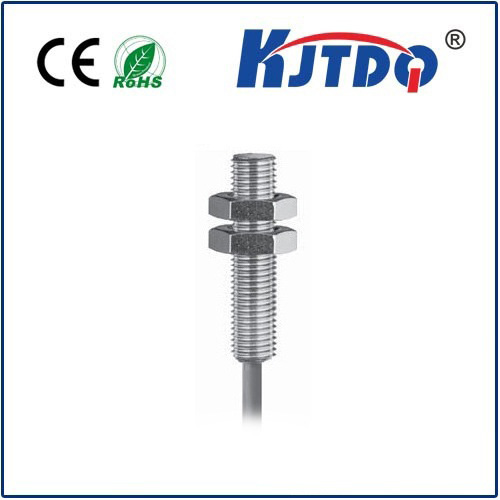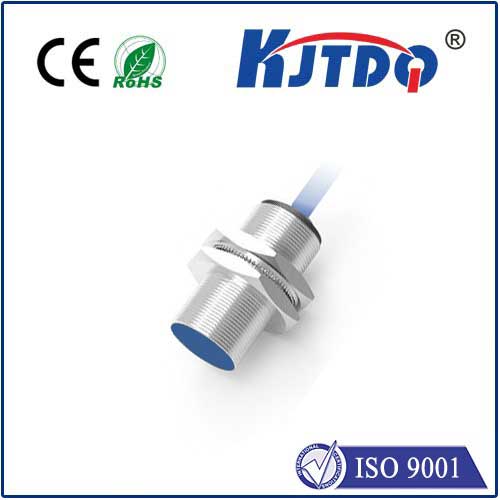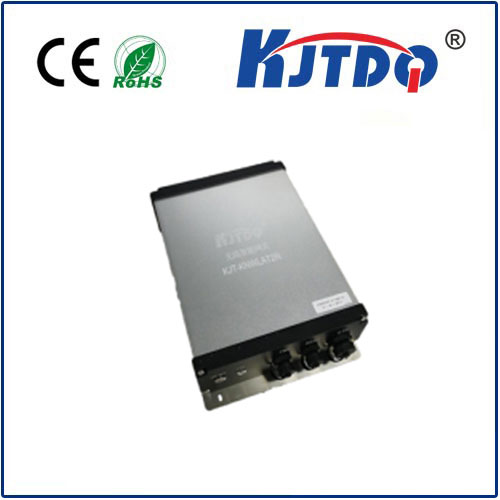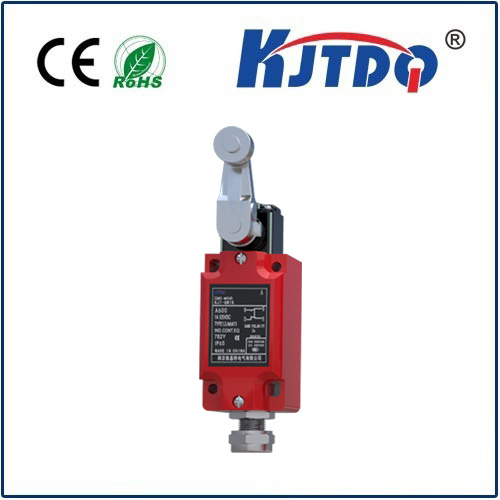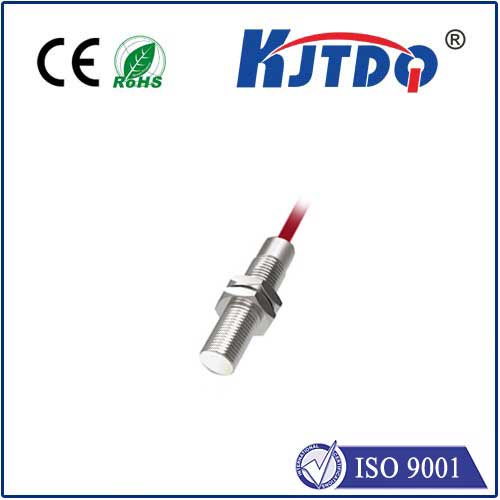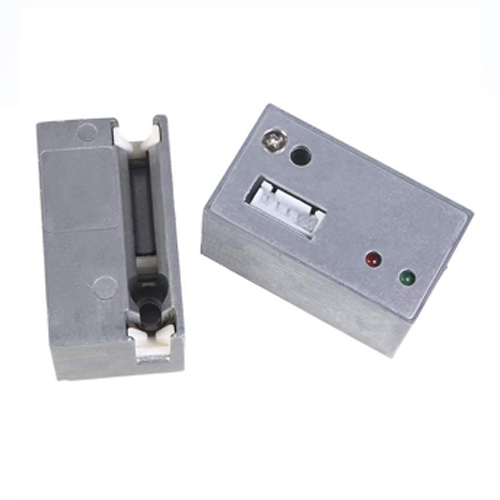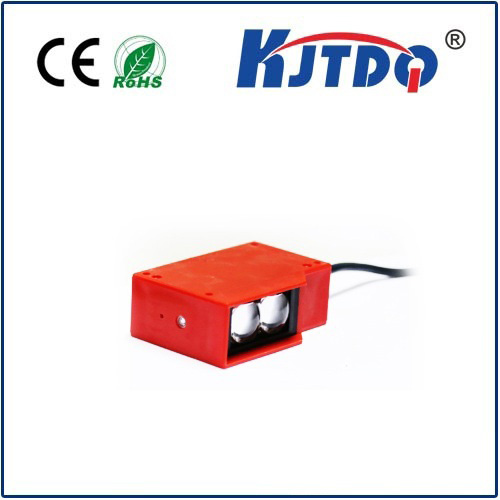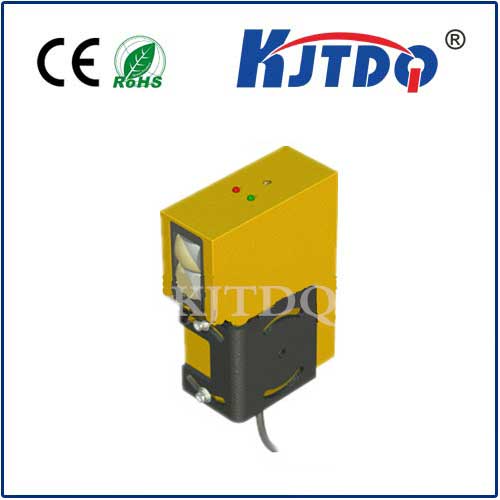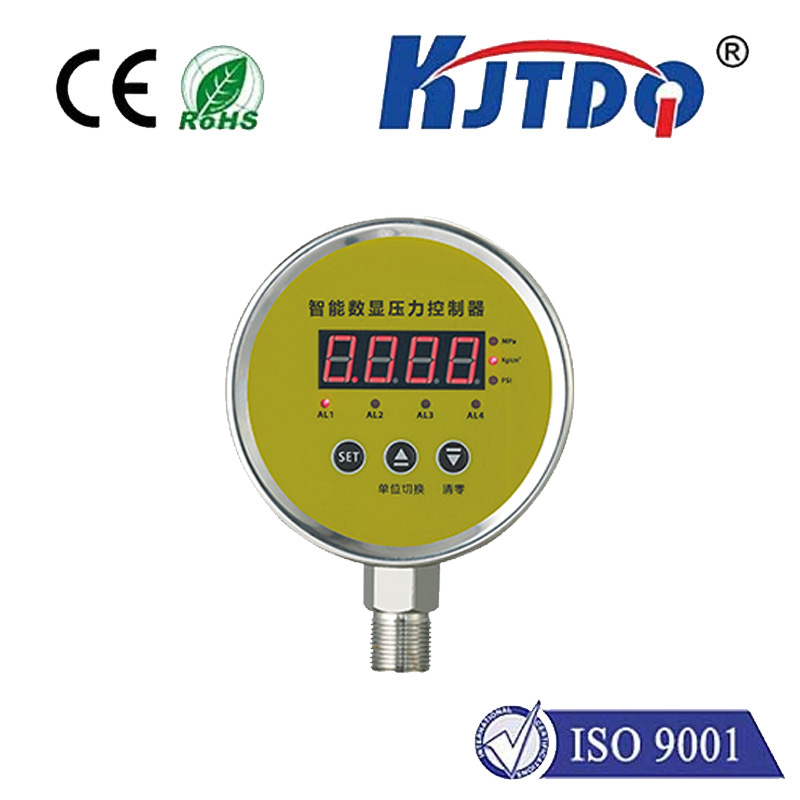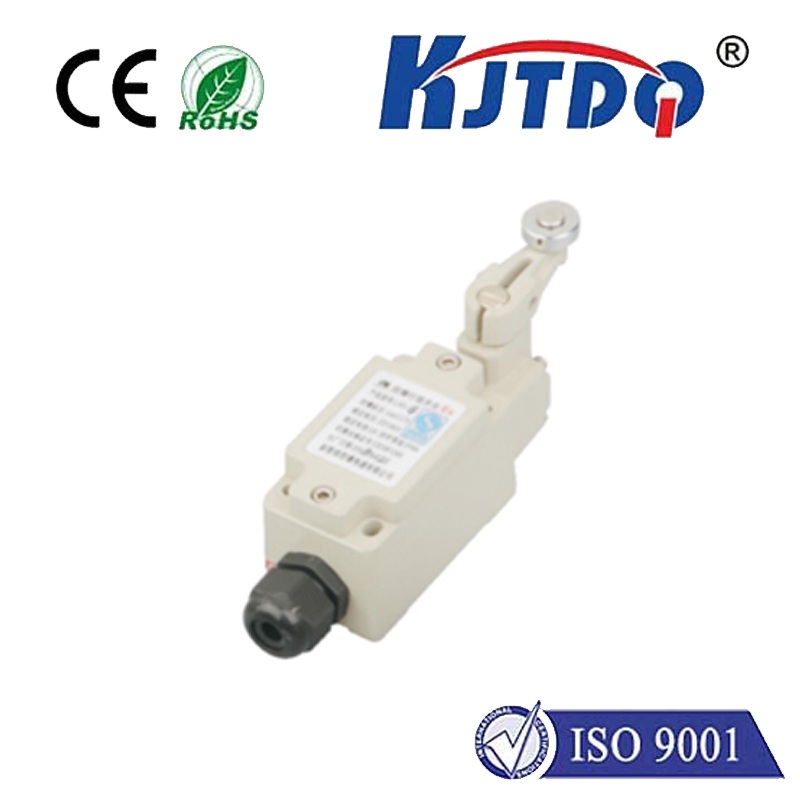E3H2-R2B4M-M1-N m12 photoelectric sensor
- time:2025-10-09 13:11:55
- Click:0
E3H2-R2B4M-M1-N M12 Sensor: Precision Detection for Industrial Automation
In the intricate ballet of modern manufacturing and logistics, seamless operation hinges on one fundamental question: Does the system know where things are? Missing a part on a high-speed conveyor, failing to verify packaging completeness, or misaligning components in assembly can grind productivity to a halt. This is where the unsung heroes of automation – photoelectric sensors – earn their keep. Among these vital components, the E3H2-R2B4M-M1-N M12 photoelectric sensor stands as a particularly versatile and robust solution for demanding industrial environments. This device isn’t just a detector; it’s a cornerstone of efficient process control.
Understanding the Photoelectric Principle
At its core, a photoelectric sensor works on a simple yet powerful principle. It emits a beam of light (visible or infrared) and detects changes in that beam. These changes occur when an object interrupts or reflects the light back to the sensor’s receiver. There are three main functional types:
- Through-Beam (Sender/Receiver Separate): The transmitter and receiver are separate units facing each other. An object is detected when it breaks the light beam between them. Offers the longest sensing distances and highest reliability for clear detection.
- Retroreflective: The transmitter and receiver are housed together. A reflector placed opposite bounces the emitted light back. Detection occurs when an object blocks the beam’s return path to the receiver. Easier installation than through-beam as wiring is only needed at one point.
- Diffuse (Proximity Mode): Both emitter and receiver are in one unit. The sensor detects light reflected directly off the target object. The sensing distance depends heavily on the target’s size, color, and reflectivity. M12 photoelectric sensors like our subject often excel in compact diffuse applications.
Decoding the E3H2-R2B4M-M1-N: A Feature Breakdown

The specific model number E3H2-R2B4M-M1-N provides crucial information about its capabilities. Let’s break down its key specifications:
- E3H2: This prefix typically identifies the sensor series or family within a manufacturer’s range, implying the core photoelectric technology platform.
- R: Often denotes Retroreflective function. This sensor uses a reflector for operation, requiring a single mounting point.
- 2B4: This segment usually defines the sensing distance. Here, “2” often signifies a 2-meter nominal sensing range. The “B4” might indicate specific lensing or optical characteristics optimized for that range. Confirmation with the manufacturer’s datasheet is always crucial. This range is ideal for many conveyor and machine guarding applications.
- M: Almost universally refers to the M12 connector. This standardized, threaded cylindrical connector is incredibly common in industrial automation due to its compact size, robustness (typically IP67 rating or higher), and ease of connection/disconnection.
- M1: This could denote the output configuration. “M” frequently signifies NPN output (a common electronic switching type in industrial controls). “1” often means Normally Open (NO) contact, meaning the output circuit switches “ON” (conducts) when a target is detected and “OFF” when the beam is clear. Again, always verify with the datasheet.
- N: This often indicates the light source type, commonly Near Infrared (IR). Infrared light is invisible to the human eye and generally offers better immunity to ambient light interference compared to visible red light.
Why Choose the E3H2-R2B4M-M1-N?
This specific sensor model brings several advantages to the factory floor:
- Robust Construction: Designed for harsh environments, it typically features an IP67 or IP69K rating. This signifies excellent protection against dust ingress and high-pressure water jets, making it suitable for washdown areas like food & beverage or pharmaceutical production.
- Standardized Connectivity: The ubiquitous M12 connector simplifies wiring, reduces installation time, and facilitates easy sensor replacement. This standardization increases system maintainability.
- Reliable Long-Range Detection: The retroreflective design with a 2-meter range offers a good balance between reliable detection distance and simplified installation compared to separate sender/receiver through-beam setups. It’s effective for detecting objects on conveyors, verifying pallet presence, or triggering actions at specific points.
- Process Control Integration: The NPN output (likely NO) is standard and easily interfaces with virtually all Programmable Logic Controllers (PLCs), robot controllers, and other industrial automation equipment. This provides critical input data for precise control logic.
- High Switching Speed: Like many photoelectric sensors, the E3H2-R2B4M-M1-N operates at high speeds, capable of reliably detecting objects moving quickly down a production line.
- Ambient Light Resistance: The infrared light source enhances performance against background lighting variations common in industrial settings.
Key Applications in Industrial Automation
The E3H2-R2B4M-M1-N M12 photoelectric sensor excels in numerous applications demanding reliable object detection:
- Conveyor Systems: Detecting the presence, absence, or height of boxes, cartons, bottles, and pallets. Verifying item passage at transfer points or counting products.
- Packaging Machinery: Ensuring carton flaps are open, verifying the presence of a product inside a box before sealing, or detecting the position of packaging film.
- Material Handling: Verifying pallet presence on AGVs (Automated Guided Vehicles) or lift tables, detecting stacks in automated storage and retrieval systems.
- Machine Safety: Serving as a part of safety light curtains or guarding systems (though specific safety-certified models are used for primary safeguarding).
- Assembly Automation: Confirming component placement before the next process step, detecting misaligned parts, or triggering robotic actions.
- Logistics & Warehousing: Controlling gate operations, verifying door positions, or detecting packages on sorting lines.
The M12 Standard: A Pillar of Industrial Connectivity
The M12 connector is more than just a plug; it’s a symbol of industrial robustness and interoperability. Its threaded coupling provides vibration resistance, essential in machinery environments. The variety of pin configurations (3-pin, 4-pin, 5-pin, 8-pin) and coding types (A-code for sensors/actuators, B-code for fieldbus, etc.) ensures the right connection for power, signal, and data. The compact size allows high-density mounting on machinery and control cabinets. Opting for a sensor with an integrated M12 connector, like the E3H2-R2B4M-M1-N, significantly streamlines installation and maintenance compared to hard-wired units or less common connector types.
Investing in Precision and Reliability
Choosing the right sensor is critical. While proximity






